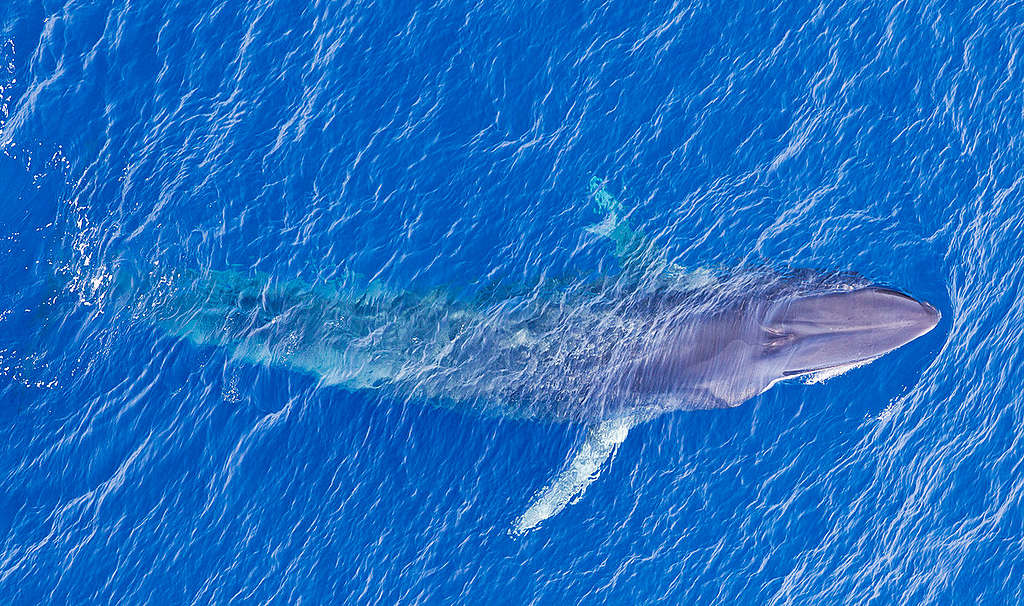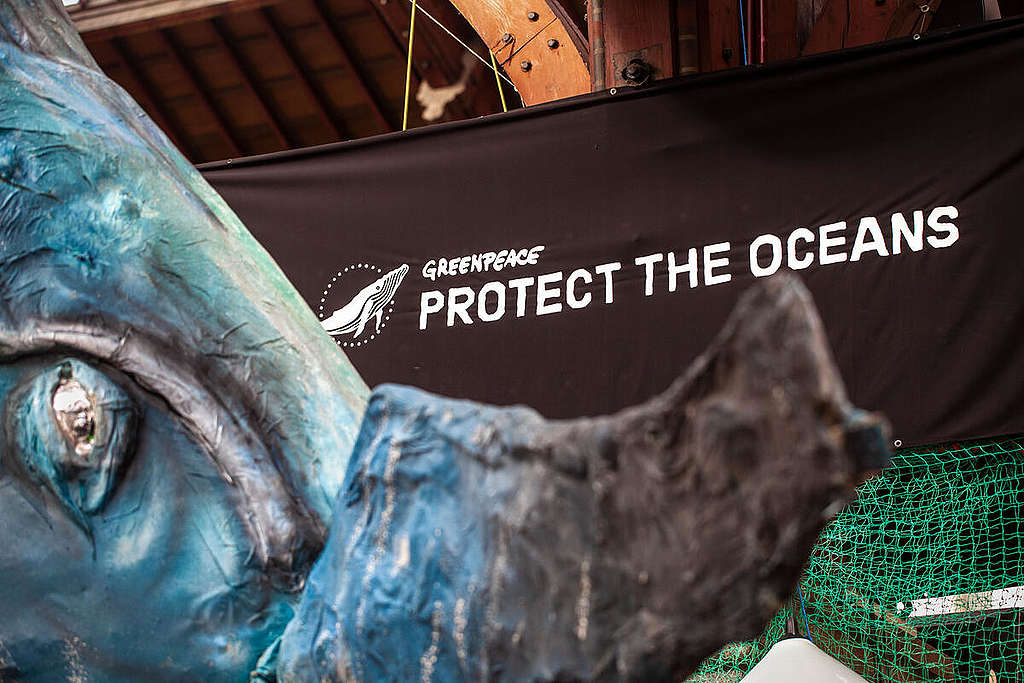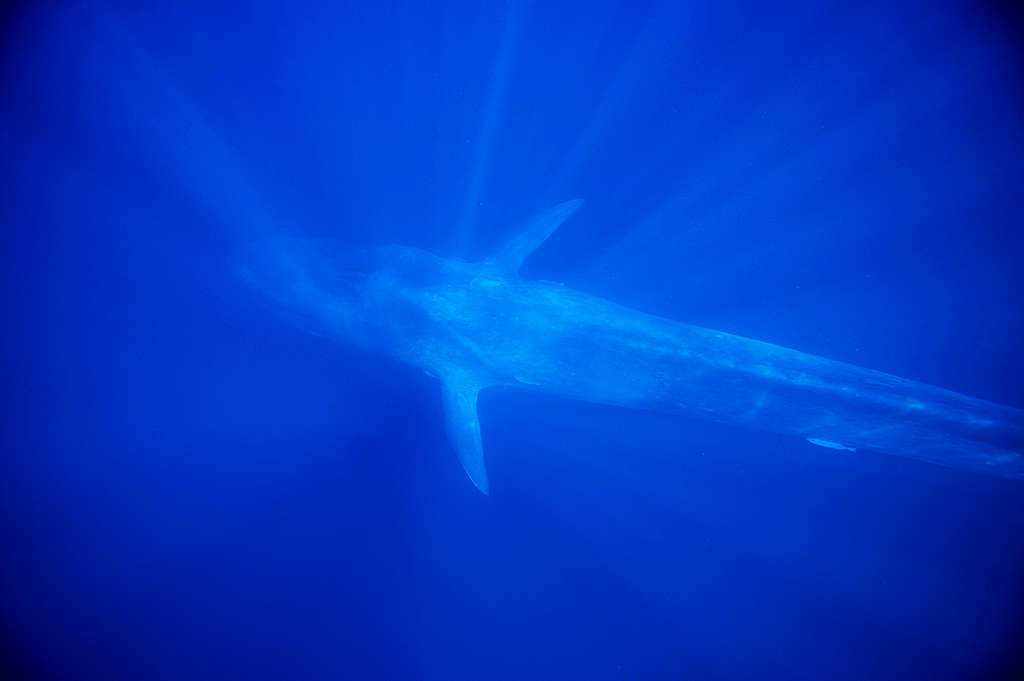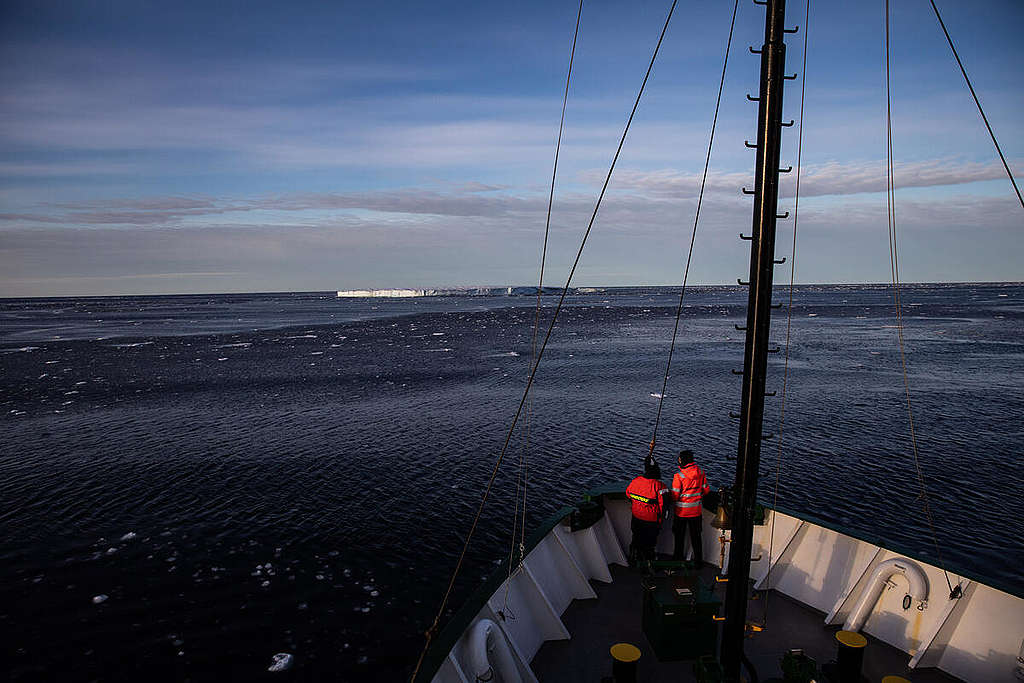When we talk about whales, a lot of the words that come to mind describe how big they are: ‘enormous’, ‘huge’, ‘giant’, ‘largest-ever’, ‘leviathans’. We measure them by comparisons to buses, herds of elephants and dinosaurs. So it might surprise you to learn that there are some whales which get totally different descriptions – like the ‘pygmy blue whales’ which make the Indian Ocean home.
Pygmy blue whales are a tropical subspecies of the blue whale, and though they are only a few metres shorter in length, reaching about 24m as opposed to the 30m, they are often about half of the overall weight of a blue whale in the Antarctic.

Many subspecies of whales have only been discovered relatively recently. So many whales, especially larger ones like blue whales, were annihilated by commercial whaling in the 19th and 20th centuries that we are only now understanding the full impacts for local populations, species and the oceans as a whole. Only when whaling countries came together to form the International Whaling Commission in 1946, we began to understand just how many whales were being hunted. Even then there was disagreement on how species were recorded. Current science is showing us how much we still don’t know about the world’s whales – from their breeding habits to their communications and culture – and the discovery of new subspecies and species is still happening.

But why does that matter? Well, when we realise that what had once seemed to be a single whale species (or any other animal) is actually made up of separate populations or subspecies, they are at more risk than if they were one big population. Local availability of feeding and breeding grounds, and any human disturbance, is important because they are more specialised and limited in range.
Globally, industrial-scale commercial whaling reduced the number of blue whales to an estimated ONE percent of their previous numbers. We may already have lost some subspecies or distinct populations forever without even realising.
For example, Indian Ocean pygmy blue whales are not the same as their Antarctic cousins. They face increasing threats from the industrialisation of our oceans, with ocean noise, ship strikes and habitat destruction being big dangers to their ongoing survival, as well as the global threat from climate change.

Yet at the same time we know these animals are not only incredible in their own right, but also heroes in tackling climate change and keeping our wider oceans healthy and full of life.
These big ‘little’ whales have a huge role to play in the ecosystem, and the only way to secure their future now is to properly protect their ocean home. For long-living, far-travelled animals, that means making sure that large areas of ocean are set aside as ocean sanctuaries – protecting vital feeding and breeding grounds and also giving them space to live and thrive.

In 1986—thanks to an overwhelming amount of public support—commercial whaling was banned worldwide. Now global cooperation is urgent again – to create a network of ocean sanctuaries to protect whales and their home. The Greenpeace ship Arctic Sunrise is sailing the Indian Ocean to document the threats our oceans face and to put pressure on governments to protect them. Join 3.5 million people worldwide and add your name to call for the protection of whales and the oceans they call home

No comments:
Post a Comment
Note: Only a member of this blog may post a comment.